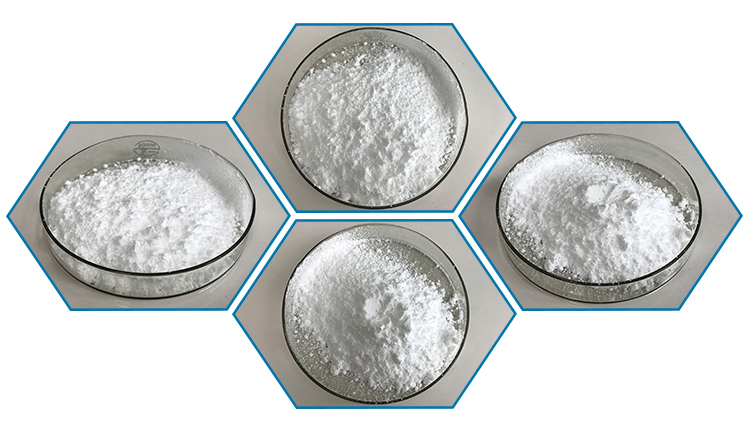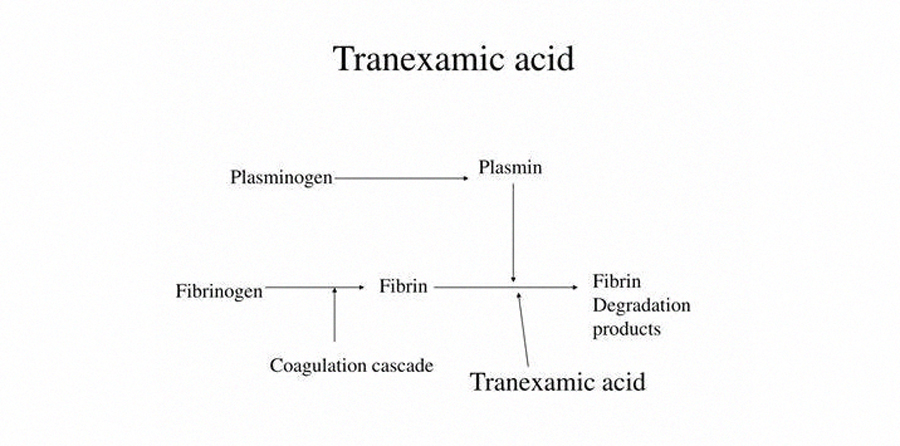Tranexamic Acid (TXA) is a synthetic antifibrinolytic medication that works by inhibiting fibrinolysis, the process that breaks down blood clots. It’s used in a variety of settings to reduce bleeding or prevent excessive bleeding. Here’s an overview of its effects and efficacy:
Effects of Tranexamic Acid:
1. Hemostasis (Stopping Bleeding): Tranexamic Acid works by preventing the breakdown of fibrin, which is essential in clot formation. This makes it useful in controlling bleeding during or after surgery, or in conditions like trauma, heavy menstruation, or post-partum hemorrhage.
2. Antifibrinolytic Action: Tranexamic Acid inhibits plasminogen from converting to plasmin, a protein that digests fibrin, thus stabilizing clots. It specifically blocks the binding of plasminogen to fibrin, preventing clot degradation.

3. Reducing Blood Loss: In surgical procedures, especially those involving large blood vessels, Tranexamic Acid has been shown to significantly reduce blood loss and the need for blood transfusions.
4. Other Uses: It can be effective in treating conditions where there’s excessive fibrinolysis, such as:
- Heavy menstrual bleeding (menorrhagia)
- Bleeding due to trauma
- Post-operative bleeding (especially after cardiac, orthopedic, or gynecological surgery)
- Some inherited bleeding disorders (like hemophilia) or thrombocytopenia (low platelet count)
Efficacy of Tranexamic Acid:
1. Surgical Settings:
- Studies have shown that Tranexamic Acid reduces blood loss by approximately 30-40% in various types of surgeries, such as hip or knee replacements, cardiac surgery, and liver surgery.
- For example, in cardiac surgery, Tranexamic Acid has been found to reduce the need for transfusions significantly and improve post-operative recovery.
2. Trauma:
- In trauma care, Tranexamic Acid has been shown to reduce mortality in patients with severe bleeding if administered early. The CRASH-2 trial (Clinical Randomization of an Antifibrinolytic in Significant Hemorrhage) demonstrated that Tranexamic Acid reduces death due to bleeding by about 15% when given within 3 hours of injury.
3. Menorrhagia (Heavy Menstrual Bleeding):
- Tranexamic Acid is commonly prescribed to reduce menstrual blood loss. It has been shown to decrease blood loss by 50-60% and is often considered first-line therapy for managing this condition.
4. Post-Childbirth Bleeding:
- Tranexamic Acid is used to treat post-partum hemorrhage (PPH), which is a leading cause of maternal mortality. Studies show it can reduce the need for further interventions (like blood transfusion) and improve outcomes.

5. Adverse Effects and Safety:
- Generally well-tolerated with mild side effects like nausea, vomiting, or headache.
- Rarely, it may increase the risk of thromboembolic events (e.g., deep vein thrombosis or pulmonary embolism), particularly if used in high doses or in individuals with pre-existing clotting disorders.
- It’s usually considered safe when used appropriately, but caution is advised in individuals with a history of thrombosis.
In summary, Tranexamic Acid is highly effective in reducing bleeding in a variety of clinical settings, from surgeries to trauma care and gynecological conditions. However, like any medication, it must be used appropriately, with careful consideration of its risks and benefits, especially in patients at risk for blood clots.
